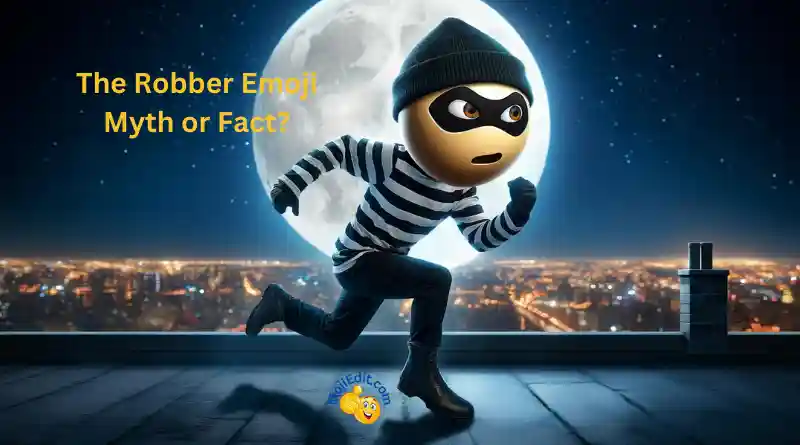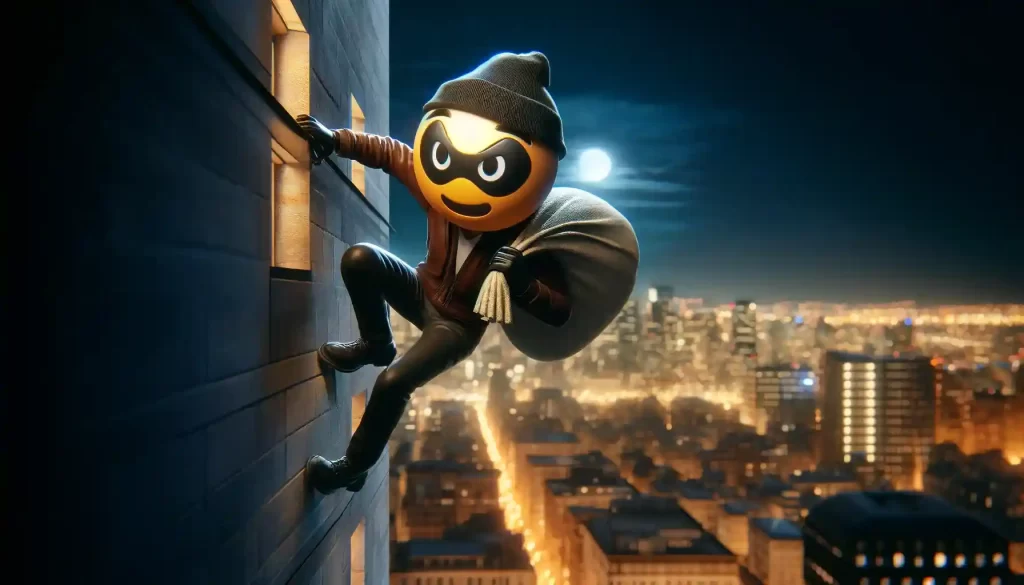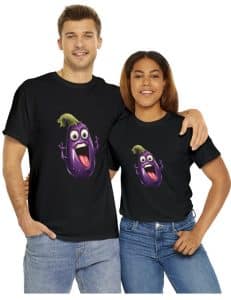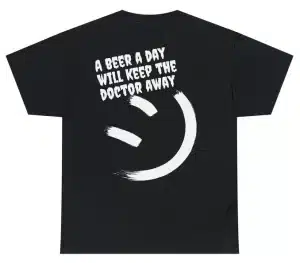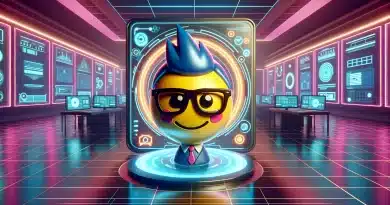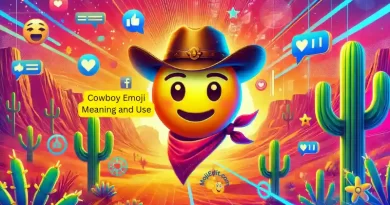Does the “Robber Emoji” Exist? Exploring Emoji Myths and the Mandela Effect
Introduction: The Mystery of the Missing Robber Emoji 😮🔍
Have you ever been part of a conversation where someone mentioned the robber emoji, only to scroll through your emoji keyboard and find it conspicuously absent? This phenomenon has sparked intrigue and discussion among emoji enthusiasts and the general public alike. Today, let’s dive into the enigmatic world of the robber emoji, exploring its origins, the truth behind its existence, and why it’s a topic of widespread speculation.
What will we uncover about this mythical emoji? 🕵️♀️👀 Let’s start the adventure!
The Legend Unveiled 🎭
The tale of the robber emoji is a modern digital myth. Many people vividly remember using or seeing an emoji depicting a cartoonish figure in a mask, seemingly ready to commit a heist. This collective memory has fueled debates and discussions on social media platforms, forums, and among groups of friends, turning the robber emoji into a legendary figure in the digital realm.
Imagine this: A tiny, mischievous character, wearing a classic black and white striped shirt, a mask over its eyes, and a bag slung over its shoulder—seems perfect for your sneaky texts, right? 🕵️♂️🛍 Yet, despite these detailed recollections, no such emoji has ever officially existed.
Why do so many of us believe we’ve seen it? Could it be a mix-up with similar emojis, like the police officer 👮🚓 or the medical mask emoji 😷? Or perhaps it’s our brains playing tricks, filling in gaps with made-up memories to create the perfect digital bandit?
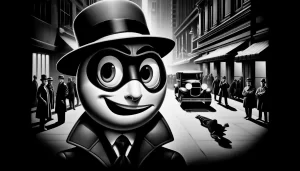 Mysteries of Memory: The Mandela Effect 🧠
Mysteries of Memory: The Mandela Effect 🧠
What we’re witnessing with the robber emoji is a textbook case of the Mandela Effect. In this phenomenon, a large number of people remember something in a particular way, only to discover that their memories do not align with recorded history. Named after the false collective memory of Nelson Mandela’s death in prison in the 1980s (he actually passed away in 2013), this phenomenon illustrates how our brains sometimes form false memories.
For instance, many of us could swear we’ve heard the phrase “Luke, I am your father” from the movie Star Wars, when the actual line is “No, I am your father.” Just like this famous misquote, the robber emoji is another intriguing example of how shared memories can diverge from the truth.
This fascinating psychological quirk shows us that our memories aren’t always as reliable as we think. Why does this happen? Scientists believe it’s because our brains often fill in gaps in our memories with what we expect to see or hear, not always what actually occurred.
How many times have you ‘remembered’ an emoji that doesn’t exist? Or insisted on a quote from a movie that turned out to be incorrect? Discussing these shared false memories can provide both amusement and a deeper understanding of how our minds work.
Searching for the Truth: Did the Robber Emoji Ever Exist? 🔍🚫
Despite fervent claims and shared stories, a deep dive into the archives of the Unicode Consortium—the governing body responsible for emoji creation and standardization—reveals no record of a robber emoji ever being approved or released. This begs the question: where did this idea come from?
Experts suggest that the phenomenon could be attributed to the brain’s tendency to fill in gaps in memory with fabricated details. For example, the “face with medical mask” emoji 🤒 might have been misremembered during conversations about theft or sneaky behavior, leading to the myth of a robber emoji.
Additionally, the blending of digital culture across different platforms can cause confusion🤷. As emoji sets are updated and modified, people might misremember or confuse one emoji for another. This is especially likely in a world where digital communication is rapid and ever-evolving. Sometimes, an offhand comment or a joke about a robber emoji might lead individuals to truly believe they’ve seen or used it, further perpetuating the myth.
Curious about how emojis evolve? Platforms like Apple, Google, and Samsung frequently update their emoji designs, which can sometimes lead to the perception that new emojis have been added when, in fact, existing ones have just been redesigned.
Emojis and Digital Culture: More Than Just Icons 🌐🤳
The intrigue surrounding the robber emoji speaks volumes about its impact on digital culture. The concept of a non-existent emoji becoming a topic of discussion highlights how emojis have transcended their role as mere communication tools. They are now integral to the way people share, express, and connect with one another daily.
Consider this: Emojis aren’t just for fun; they help us convey emotions, clarify intentions, and even bridge language barriers. The phantom robber emoji, although mythical, has sparked conversations about how digital symbols influence our memories and social interactions.
Furthermore, emojis have become a staple in pop culture, influencing everything from fashion to marketing. Companies use emojis to connect with audiences, particularly younger ones, in a universal language that is instantly recognizable and relatable.
Have you ever used an emoji to make a point clearer or soften a message? 🙃 The power of these small digital icons in communication is undeniable. They add a layer of emotional nuance that words alone might not fully capture, making our online interactions richer and more expressive.
Conclusion: The Lasting Legacy of the Robber Emoji 🎭🔗
The robber emoji may not have existed in the form many remember, but its legacy is undeniable. It has become a symbol of how collective memory works in the age of digital communication, a testament to the power of the emoji in modern discourse. Whether discussing the latest emoji updates, exploring the depths of human memory, or simply sharing tales of digital folklore, the story of the robber emoji reminds us of the intriguing interplay between technology, memory, and culture.
Next time you hear about the elusive robber emoji, remember: it’s not just an icon that never was; it’s a phenomenon that reflects the complexities of our digital lives. 🌐💭 This tale encourages us to think critically about the media we consume and the memories we share. It serves as a fascinating reminder that our digital tools can shape, and sometimes even distort, our perceptions of reality.
So, as we continue to communicate and connect through these colorful icons, let’s appreciate not only what they add to our messages but also what they reveal about our collective experiences and cultural narratives.
Frequently Asked Questions and Answers
No, despite widespread belief and what many have heard, the robber emoji never actually existed in any official emoji library.
Apple never had a robber emoji in its emoji set, contrary to what some people may have thought they remembered.
The robber emoji is a mythical emoji many people remember seeing or using, which depicts a cartoonish figure in a mask, poised for a heist.
This is likely due to the Mandela Effect, where collective false memories lead people to remember seeing or using an emoji that doesn’t exist.
The myth may have started from confusing the robber emoji with similar emojis or from memory errors enhanced by discussions and jokes on social media.

